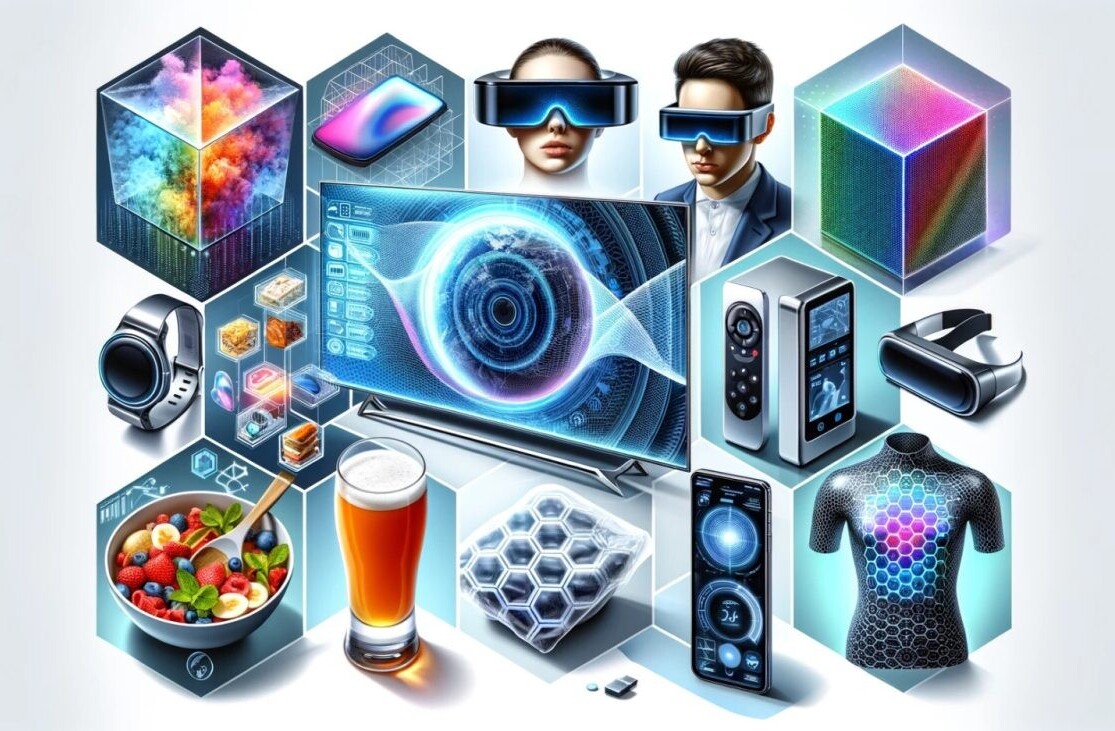Technology is often accused of causing loneliness. The US Surgeon General recently warned that tech can deepen isolation, increase fear of missing out, and reduce social interaction. Surveys frequently show that isolation among young people surges when their social media use grows.
But what could possibly solve these problems caused by tech? Why, more tech of course!
It’s a common response from (who else?) technologists, who have a remarkable variety of marketable solutions. From interactive streaming and online gaming to AI lovers and virtual friends, our generous tech lords offer countless alternatives to in-person interaction. Unfortunately, the cure is often worse than the disease.
“Those who are substituting online relationships for real relationships, unsurprisingly, don’t see a reduction in loneliness and in fact may actually see a deterioration relative to people who use online interactions to supplement their face-to-face relationships,” Louise Hawkley, an expert on isolation, told the American Psychological Association.
When tech is purely assistive, however, it can demonstrably mitigate isolation.
“For older adults who use Skype to talk with their grandkids who live across the country from them, technology really can improve their sense of connectedness,” Hawkley said.
The latest attempt to find a healthy balance is virtual hugs. Designed by researchers in Germany, the system uses smart textiles to create a second skin. When someone puts on the smart fabric, they can experience the sensation of physical touch.
The developers have a noble goal: giving patients in isolation a digital hug with their loved ones. That could well comfort the lonely — and create another symbol of our descent into digital isolation.
The dirty-minded among us may also imagine other applications for haptics that mimic human touch: sex robots. If the researchers are ever strapped for cash, they could pursue a lucrative career pivot. But then again, that market isn’t living up to expectations.
Lonely sex robots
A decade ago, Pew Research predicted that sex robots “would be commonplace” by 2025. With just a year left before that deadline, they’re a long way from the mainstream. Sales have slowed since the pandemic and sex robot brothels have been forced to close their doors.
We may always need real lovers, relationships — and hugs. As Professor Tania Leiman, an expert on the subject, told the Guardian last year, there’s something “fundamentally human” about intimate interaction.
Or perhaps the androids just aren’t acceptable substitutes yet? The “uncanny valley” is creepy enough in the lab, let alone the bedroom.
One day, the robots could escape that valley. And if they do, they’ll be promoted as another digital solution to social isolation.
Get the TNW newsletter
Get the most important tech news in your inbox each week.





